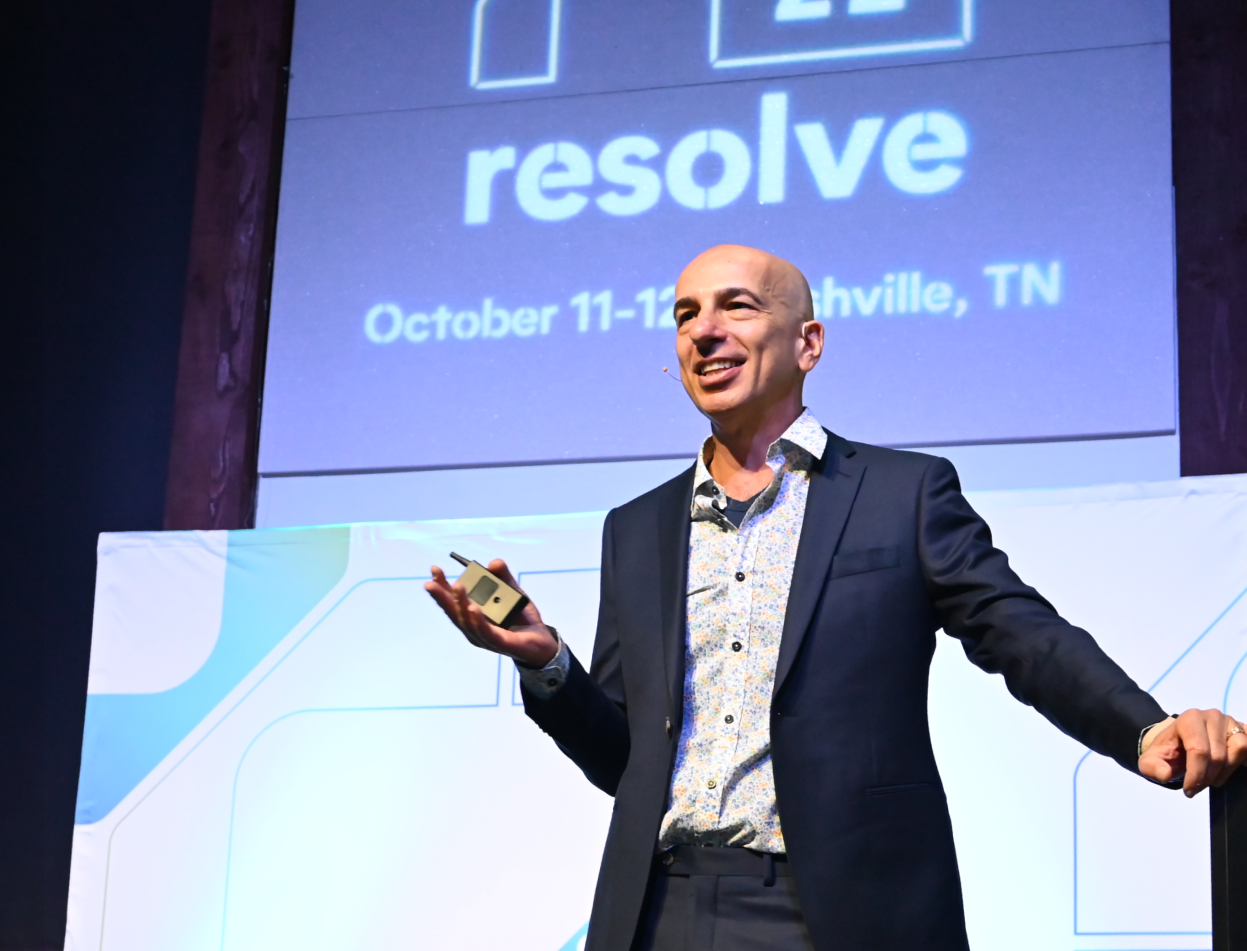A recent survey found that Americans are not just increasingly dissatisfied with customer service, they’re more aggressive than ever.
According to the report, 43% of customers yelled or raised their voice to express displeasure about their most serious problem, up from 35% in 2015.
The blowback has been hard to miss. Customer service horror stories are often widely shared online, covered in the news, or experienced firsthand.
But the survey isn’t merely an observation. It’s a result. As many industries are still in recovery mode after being upended by the pandemic, customer service and hospitality at large are declining in the eyes of many Americans.
For contact center leaders, the data shouldn’t be taken as an indictment of their performance, but an opportunity to reassess their priorities around today’s customer perceptions. Here are the biggest takeaways:
Points of failure outside of the contact center increase demand
74% of Americans reported having a product or service problem in the past year. The incidence of customer-reported problems has more than doubled since 1976. In the last few years, that trend has accelerated. Though the effects of product and service shortcomings are far from contact centers’ fault, the impact hits them the hardest.
Labor shortages outside of the contact center, for example, can cause a massive spike in airline call volumes when flights are canceled due to staffing issues. Similarly, supply chain delays can lead to thousands of order status checks and cancellations.
“What it’s creating is even more of a rift, is what the data would suggest, between companies and their customers,” said Scott M. Broetzmann, the President and CEO of Customer Care Measurement & Consulting. “What we have here is a failure to communicate.”
When irregular scenarios happen, communication becomes even more important. As long as unpredictable service disruptions exist, contact centers must become more efficient at automating their most common, spike-prone call drivers.
This approach can include the rapid deployment of outbound messages, quickly customizing automated scripts, and reallocating agents to help customers understand how you’re prioritizing their requests.
Agent well-being must be priority number one
43% of customers yelled or raised their voice to express displeasure, an 8% increase in aggressive customer behavior in just eight years. While this is an obvious red flag for brands, more importantly it’s a problem for the agents that have to deal with the rage.
At a time when hiring and retaining agents has never been more challenging, contact centers must place an emphasis on improving the agent experience. One strategy for accomplishing this is a focus on quality over quantity.
Agents want to help customers solve real problems. Enabling them to spend more time on nuanced issues and less on a high volume of repetitive questions is a great place to start.
“We need to change the social contract and not think of these employees as ‘low skill workers,’” said Amas Tenumah, author of Waiting for Service: An Insider’s Account of Why Customer Service is Broken and Tips to Avoid Bad Service. “These are complicated requests, because if they were easy, a bot or a machine could do it. And the quicker we evolve as an industry, the better off we will be,” he said.
That sentiment is well reflected by agents themselves. When contact centers deploy a cutting-edge AI platform like Contact Center Automation, employees don’t fear for their jobs. After years of being given tools that encourage them to answer more calls faster, automation is a welcome solution for finally offloading their most mundane tasks.
Poor technology frustrates more than it optimizes
To meet the expectations of today’s customers, contact centers need to revamp their automation strategies. With natural AI conversations becoming mainstream thanks to releases like ChatGPT, it’s no longer enough to offer a low-intelligence chatbot or rigid IVR.
Customers are more willing than ever to speak to a machine, as long as that machine meets today’s AI standards. When those standards aren’t met, customers not only notice, their satisfaction plummets.
“You start this interaction and you’re met with an automated system — press one, press two — or a machine you’re trying to communicate with,” said Tenumah. “They can’t understand you, or you’re met with a chatbot on the website, and then you get past that and then you give them your information. And then you finally get to a human, and the human asks you to repeat your information.”
A comprehensive automation solution no longer should exist in a silo, focusing only on containment and deflection. Instead, it should be integrated into every part of a contact center’s tech stack.
For the customer, this means natural conversations, omnichannel experiences, fully automated resolutions, and intelligent escalations that don’t force them to repeat information when they’re passed off to an agent.





